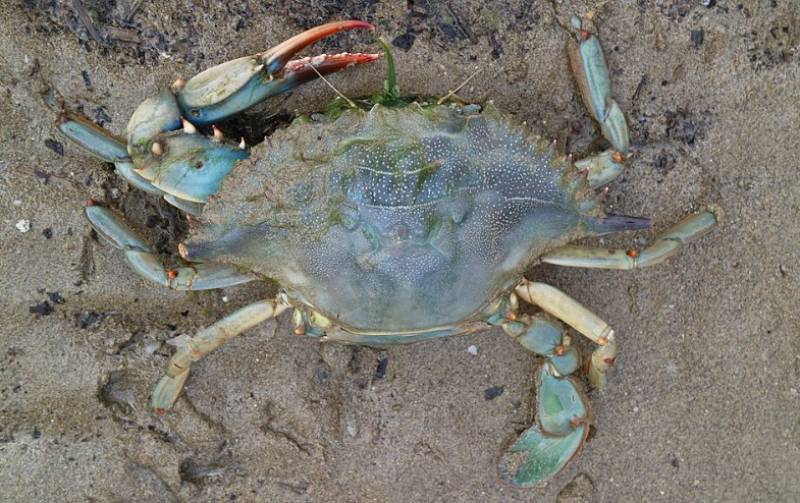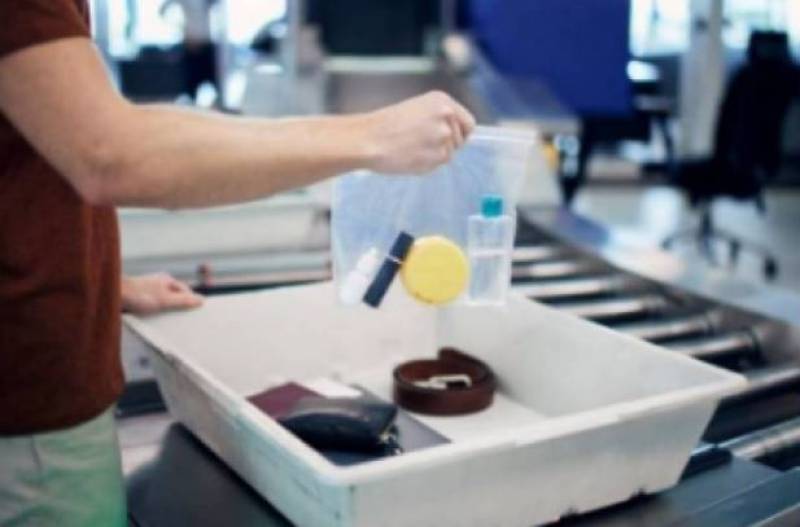

Guidelines for submitting articles to Los Alcazares Today
Hello, and thank you for choosing Los Alcazares.Today to publicise your organisation’s info or event.
Los Alcazares Today is a website set up by Murcia Today specifically for residents of the urbanisation in Southwest Murcia, providing news and information on what’s happening in the local area, which is the largest English-speaking expat area in the Region of Murcia.
When submitting text to be included on Los Alcazares Today, please abide by the following guidelines so we can upload your article as swiftly as possible:
Send an email to editor@spaintodayonline.com or contact@murciatoday.com
Attach the information in a Word Document or Google Doc
Include all relevant points, including:
Who is the organisation running the event?
Where is it happening?
When?
How much does it cost?
Is it necessary to book beforehand, or can people just show up on the day?
…but try not to exceed 300 words
Also attach a photo to illustrate your article, no more than 100kb

The blue crab invades Cádiz: an aggressive newcomer shaking up the estuaries
An invasive species known for its powerful claws and appetite is displacing native crabs — and ending up on local menus
 The Atlantic blue crab has arrived in force in the salt marshes and estuaries of Cádiz, and experts say it is here to stay. First spotted in the region in 2020, this striking blue-legged predator has rapidly adapted to its new environment, threatening native species and disrupting traditional fishing practices.
The Atlantic blue crab has arrived in force in the salt marshes and estuaries of Cádiz, and experts say it is here to stay. First spotted in the region in 2020, this striking blue-legged predator has rapidly adapted to its new environment, threatening native species and disrupting traditional fishing practices.See more news about animals in Spain:
OR
Sign up for the Spanish News Today Editors Roundup Weekly Bulletin to get a comprehensive email with all the week’s news for Spain, Murcia, Alicante and Andalucía.
Get a sneak peek – here are a few of our recent Subscription Bulletins:
Discount Special Offer subscription:
36.95€ for 48 Editor’s Weekly News Roundup bulletins!
Please CLICK THE BUTTON to subscribe.


















